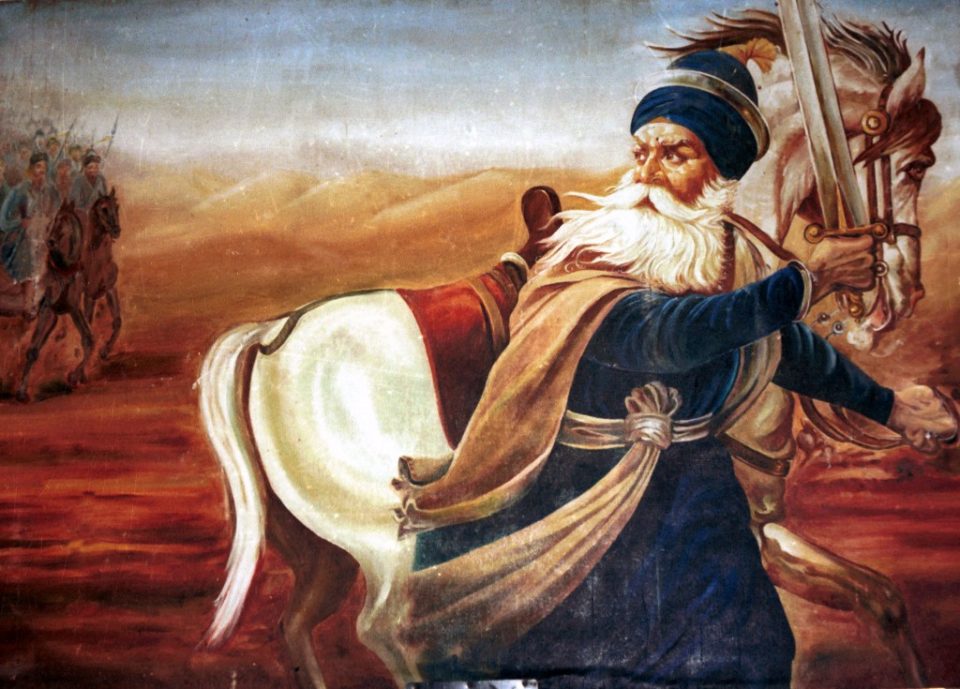Since the beginning of time, wars have been fought for various reasons. Some warriors and tribes, though, have been more efficient and brutal than others. And striking fear into the hearts of combatants is an incredible mental edge. Below are the most fearsome tribes and warriors in military history.
Visigoths
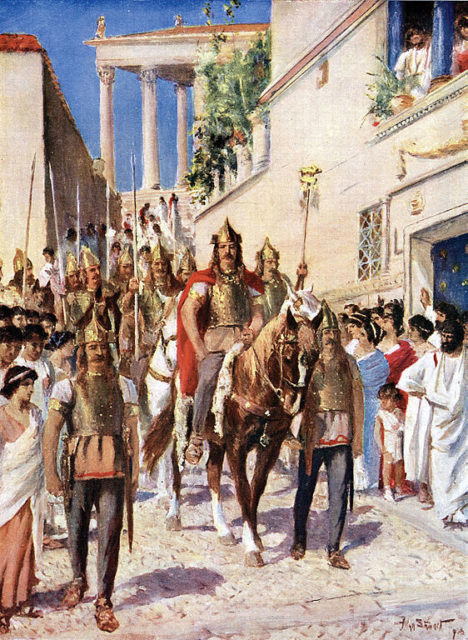
For a time, the Visigoths were aligned with the Roman Army. In 395 AD, however, Roman Emperor Theodosius died, and the empire was left in shambles. The Roman Army was disintegrated after Thedosius’ passing.
Alaric was the most fearsome warrior of the Visigoths, and he felt the Romans hadn’t paid him the proper respect for his prowess on the battlefield. The Goths spent five years plundering before setting their sites on Italy. In 408, Alaric and 30,000 Visigoths set a blockade in Rome which eventually forced the city to pay a ransom of gold, silver, tunics, dyed hides, and pepper. In 410, the Visigoths again attacked Rome, sacking the famed city. Neither woman nor child was spared as Rome was entirely razed. Alaric was not around to enjoy his triumph for long as he died within the year.
Comanche
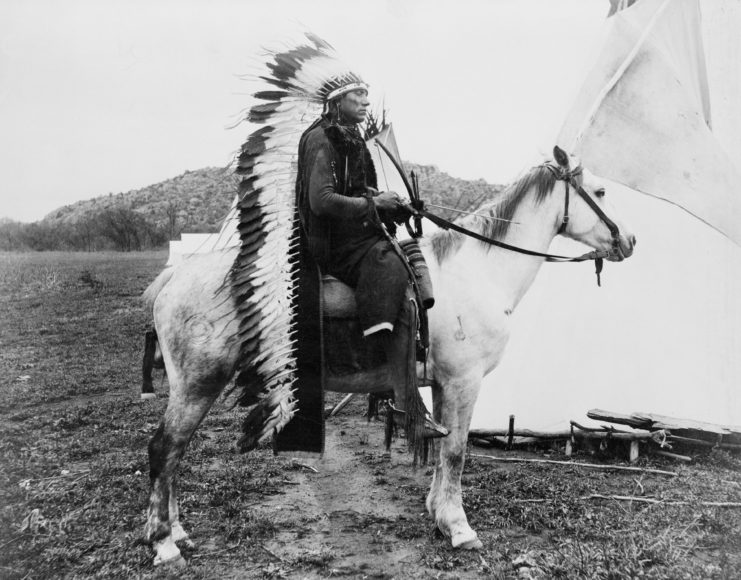
The Comanche people first had an ambiguous relationship with European settlers. While some Comanche groups were willing to trade with the settlers, others would raid settlements, taking supplies. And the tribe didn’t seem bothered by the appearance of the new people; they were more concerned with expanding their territory.
The Comanche were mainly known for their proficiency on horseback, which made them incredibly difficult to defeat. The tribe was able to defeat Spanish, American, and Mexican armies in their attempt to expand. Eventually, the Americans had to pull out all the stops and enter into full-scale war. Civil War hero William Tecumseh Sherman brought an entire army into the area in 1875 and was able to end the Comanche threat.
The Gurkha’s And The Royal Gurkha Rifles
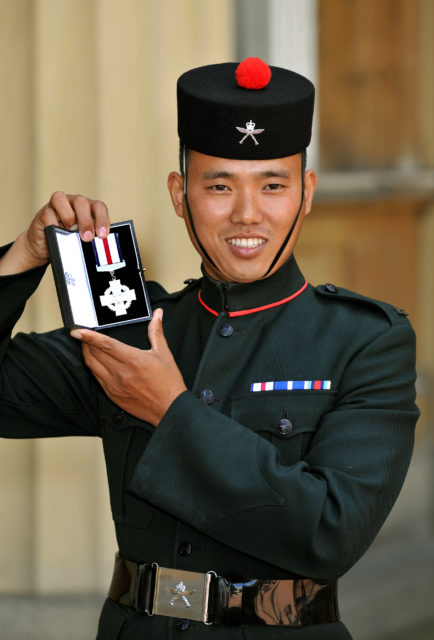
The Royal Gurkha Rifles were formed in 1994 as a regimen of the British Army. The soldiers are recruited from Nepal even though Nepal is neither a member of the Commonwealth nor a dependent territory of the U.K. The Gurkhas are considered by many to be the finest fighters in the world both for their weapons, skill, and intelligence.
And no soldier represents the spirit of the Royal Gurkha Rifles better than Dipprasad Pun. In 2010, during the War in Afghanistan, Pun found himself defending a single sangar position in a compound when he came under fire from 15 Taliban troops. The soldier fought the enemy combatants with everything he had, firing 430 rounds, throwing 17 grenades, and using a claymore mine. When he ran out of ammo, he fought a Taliban fighter with his machine gun tripod. Pun killed three enemy combatants and forced the remaining fighters to retreat. The Ministry of Defence awarded him the Conspicuous Gallantry Cross Citation.
While the Royal Gurkha Rifles are a rather new fighting force, Gurkha fighters have served in the British, Indian, and Nepalese armies since 1816. When the British couldn’t contain the group’s fighters, they recruited them instead of attempting to subdue them. During WWII, Gurkha soldiers would sneak into dugouts in the middle of the might and inspect soldiers’ boots to determine if they were Axis or Allied fighters by examining how they tied their laces.
The group of warriors dates all the way back to the 8th century. They are named after revered Hindu warrior, Guru Gorakhnath. The men who serve in this regiment in modern times learn their skillsets from a young age, providing them with a lifetime framework that prepares them for battle.
The Mongols
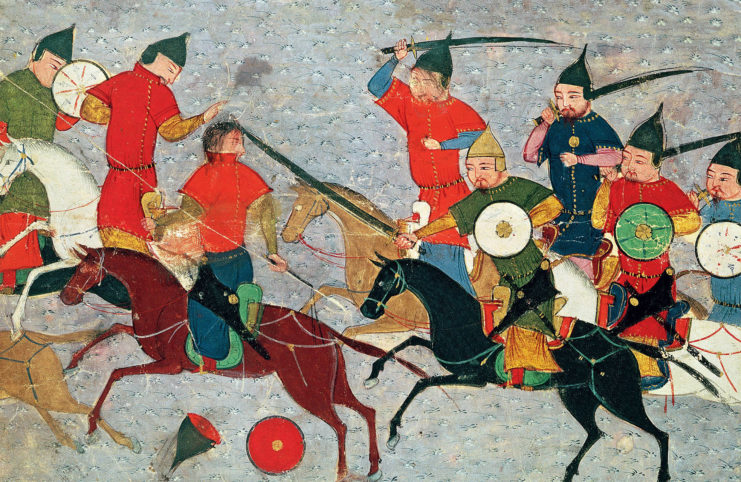
Genghis Khan is still remembered today as one of the fiercest warriors in world history. And there is a good reason for that. During his life and the years following his death, the Mongols would amass an enormous empire. The Mongols swept through Iran, Iraq, China, and Russia during their campaign. Those who refused to surrender to the Mongols were killed. It is estimated that the Army killed over 40 million people during their 20-year campaign.
It is not precisely known how Genghis Khan died. Different causes have been given, including being killed in action, dying from illness or wounds, or falling off his horse. Per tribe tradition, Genghis was buried in an unmarked grave close to his place of birth.
Samurai
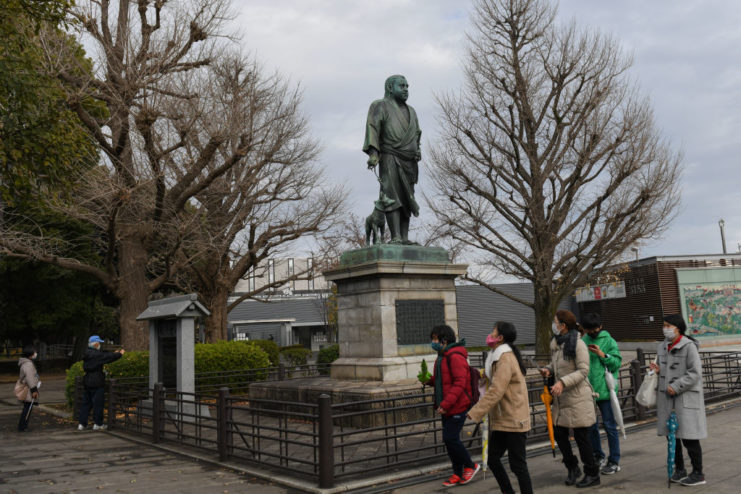
Samurai were the retainers of Japan’s great feudal landholders. They were respected throughout the country and had proven their mettle repeatedly. In the 13th Century, they held back two invasions from the Mongol hoard. The same Mongols had already conquered China, Iran, Iraq, and parts of Russia.
Samurais remained an integral part of Japanese culture over the next 600 years. In 1877, the Battle of Shiroyama took place. Saigo Takamori led 40,000 Samurais against 300,000 Imperial Troops. The Samurai fell in battle, and their importance to the country waned as it became modernized. Still, swordsmen like Takamori are still remembered and revered in Japanese culture.
The Nihang
The Nihang is Sikh warriors who first appeared on the Indian subcontinent. Soldiers in the outfit, which formed in 1699, always carried a dagger, wore blue, and when in full regalia, carried one or two swords. They were known for their ability to take on much larger armies and still emerge victoriously.
The most famed of the Nihang was Baba Deep Singh, who spent much of his life fighting the Afghans. He was beheaded on the battlefield in 1757 at the age of 75. However, his killing helped inspire the Sikhs and the Nihang who drove out the Afghans. The spot where Deep Singh died is now a shrine, and Sikhs regularly pay their respects there.
